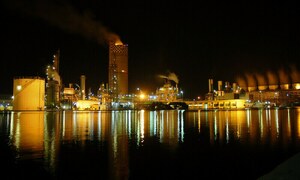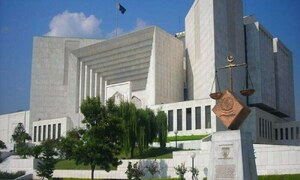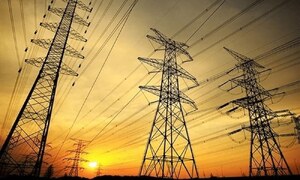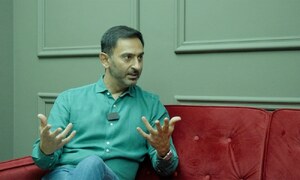Deepening Compressed Natural Gas (CNG) crisis and frequent closures of CNG stations had adversely affected the business of converting vehicles from petrol to CNG. Vendors said that the worsening CNG crisis appeared to intensify with every passing day and there seemed to be no solution in sight.
Expressing concern at fast evaporating business, owners of workshops converting vehicles from petrol to CNG said that there were hardly any customers. They claimed that customers now only asked them for tuning their cars, repairing CNG kits, spare parts or for changing old CNG cylinders.
The government, they said, had adopted a policy to discourage the use of CNG after a decade of promoting it as an environment-friendly fuel. Before the government started promoting CNG, motorists favoured using LPG as an alternative fuel. Converting the vehicle back to LPG was not easy, they said. Accusing the government of wanting to shut down their businesses altogether, mechanics said that the government was ignoring the fact that car manufacturers, CNG kits sellers and cylinder makers had invested billions of rupees to promote CNG as fuel. They said that they had spent a huge amount of money on acquiring technical know-how. Most people contacted by this correspondent were reluctant to covert their vehicles on LGP, arguing that they had already invested huge sums on converting their vehicles to CNG.
According to them, LPG business was still unorganised and there were no proper filling stations, adding that LPG was still being dispensed via decanting. Workshop owners claimed that they were being approached by anxious car owners who wanted to know if they could convert their vehicles back to petrol in case CNG was not available.
Transport owners operating their vehicles for schools, colleges and offices have started pressing their clients for an increase in charges, claiming that petrol and diesel were far too expensive than CNG. Pakistan, which is third in the world with vehicles on natural gas, has over 26 percent of vehicles using natural gas, data compiled by the Natural Gas Vehicles (NGV) Europe suggested.
NGV Global data also suggested that Pakistan witnessed the highest growth in the number of vehicles using natural gas since the year 2000. It said that the number of vehicles on natural gas vehicles surged to around 3.5 million from less than 100,000 vehicles in 2000. Pakistan, it said, also had the highest number of CNG refilling stations in the world.
BR100
16,405
Increased By
92.5 (0.57%)
BR30
52,938
Increased By
579.1 (1.11%)
KSE100
158,781
Increased By
743.5 (0.47%)
KSE30
48,500
Increased By
249 (0.52%)





















Comments
Comments are closed.